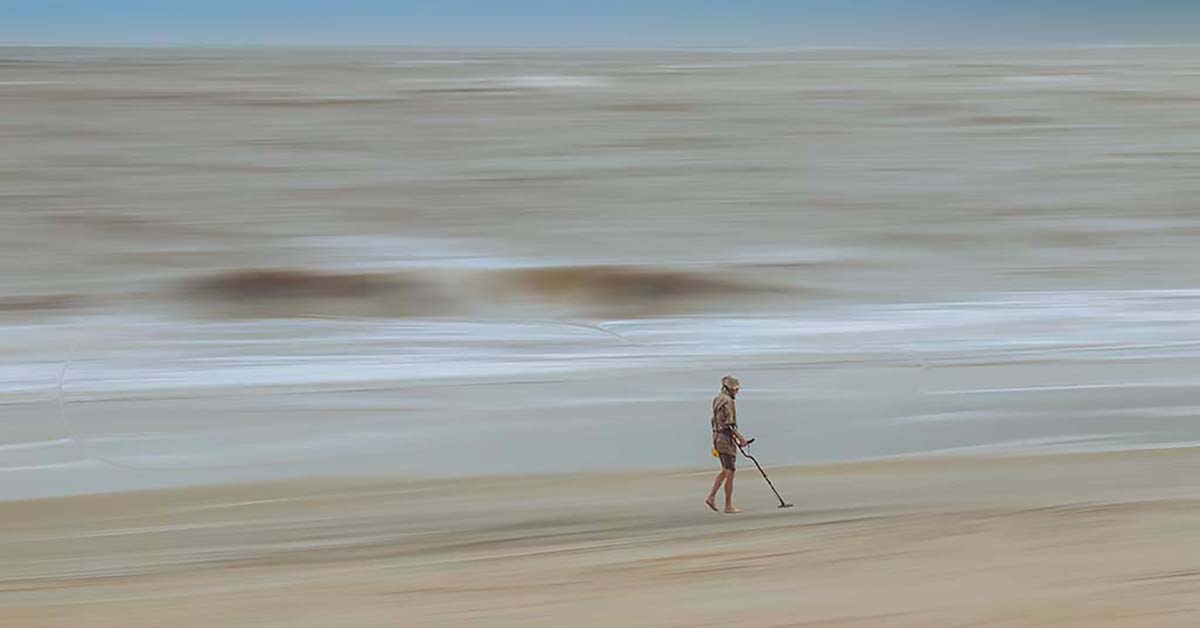Fine Art Photography: Capturing My Unique Vision
Fine art photography might sound a little fancy or even a bit intimidating at first, but for me, it's really just about expressing my unique perspective. It’s not about simply snapping a photo; it’s about creating an image that goes beyond the surface and tells a story, evokes an emotion, or reveals something deeper. When I think about fine art photography, it's less about following technical rules and more about capturing something that feels personal and meaningful to me. That’s what I think really sets it apart from other types of photography—it’s all about making a connection through the lens, and sharing a piece of myself in the process.

What Is Fine Art Photography?
When I talk about fine art photography, I’m referring to images that go beyond simply documenting a scene. For me, it’s not about capturing reality as it is, but rather about conveying a concept, an emotion, or an idea. The photograph itself becomes my canvas, and I use the camera to paint with light, composition, and subject matter.
Unlike genres such as portrait, landscape, or street photography, which often have certain conventions or purposes (like capturing someone’s likeness, documenting a place, or telling a story about a moment), fine art photography doesn’t fit neatly into any specific category. It’s not defined by the subject but by the intent behind the image.
My Unique Vision as a Photographer
In my experience, one of the most interesting things about fine art photography is how deeply personal it is. Each photograph I take is a reflection of my perspective, my emotions, and my thoughts. I’m not just capturing what’s in front of the lens—I’m interpreting it, adding my own layer of meaning. I use many creative techniques to accomplish this, like long exposures, unusual angles, blending textures, or even digital manipulation.
For instance, one of my favorite subjects is flowers. I might approach it differently depending on what I want to convey. While another photographer might focus on capturing the grandeur and beauty of nature, I might choose to transform that same subject into something abstract, moody, or surreal, using lighting, color, or post-processing techniques to create a specific emotional response in the viewer.

My unique vision of a Red Ginger Orchid
Breaking the Rules To Communicate My Vision
In my fine art photography journey, I’ve found that it often involves breaking the rules of traditional photography. It’s not about following guidelines like the rule of thirds or ensuring perfect exposure—it’s about conveying a message, an emotion, or an idea, sometimes at the expense of technical perfection. This is why fine art images often stand out to me; they’re not bound by the same constraints as other genres. They might be blurry, overexposed, or have unconventional compositions, but all of that serves a purpose: to communicate my vision.
Not Fitting into a Box
Because fine art photography is so focused on personal expression, I find that it doesn’t easily fit into other photographic categories. You might see elements of portraiture, landscape, or still life in my fine art photographs, but the image itself transcends those labels. It’s not about the subject; it’s about my interpretation.
Take a black & white photograph, for example. I might take a picture of a tree in a woodland setting. In landscape photography, this might be a serene and beautiful capture of nature. But in fine art, I might use that same image to evoke feelings of loneliness, isolation, peace, calm or introspection, depending on how I choose to present it.
For me, it's the meaning I’m able to infuse into each image that transforms it into fine art.
In the end, fine art photography is all about freedom—the freedom to express myself without being confined to the rules or expectations of traditional photography. It’s about using my camera not just as a tool to capture what I see, but as a medium to communicate what I feel.

This is what I believe makes fine art photography so powerful and so personal: it’s my unique vision, crafted through my eyes, that doesn’t fit neatly into anyone's box.
